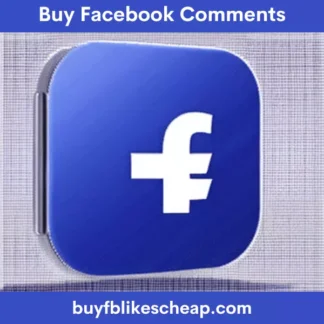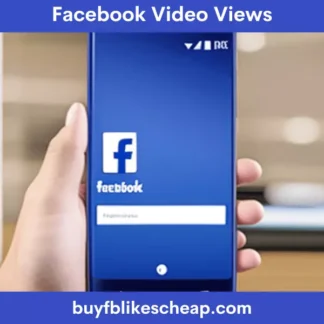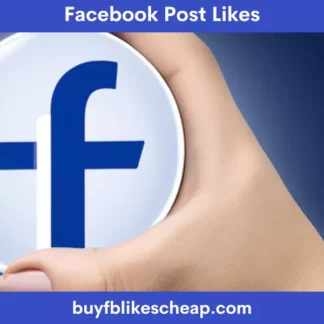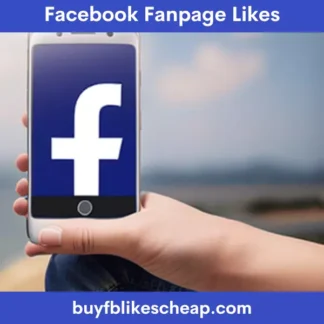If you manage a Facebook page for your online store or for your customers, you will have noticed a long time ago that your organic reach on Facebook has decreased a lot. And it is that a few years ago the social network added complexity and nuances to its Edgerank algorithm to be able to determine with greater precision what content is relevant to its users. If you’ve noticed that your posts have much less visibility than before and you don’t know what to do to regain attractiveness, take note of these ideas to improve your organic reach on Facebook.
Facebook’s edgerank
The Facebook Edgerank or algorithm was modified some time ago and the most visible consequence for brand pages was a notable loss of visibility. Currently the average organic reach of a Facebook page is around 6% according to Buffer.
The gossips say that the objective of this movement was to boost the advertising investment of the brands, which in theory would bet on the paid reach to counteract their decline in organic reach. But Facebook has always denied that version. According to the social network, the only objective of the changes in its algorithm was and continues to be the substantial improvement of the user experience.
And really, when we think about it, the Facebook move makes sense. Over the years, more and more brands are present on the social network, generating a saturation of content that is impossible for any user to consume. If Facebook were to show all users absolutely every available post, it would lead to a terrible experience and users would most likely leave Facebook forever. With this in mind, Facebook decided to add several nuances to its algorithm to filter the most relevant content for each user based on 5 general criteria combined with each other:
- Previous user interactions with posts from that Page: If a user has liked, commented on, or shared content from a Page in the past, Edgerank considers the content generated by that Page to be relevant to that user.
- Previous user interactions with the type of content: If a user frequently interacts with a type of post (for example, with photos), Facebook considers that content in that format is more relevant to that user than other available formats, and prioritizes them in your feed.
- User interactions with other users who engaged with a post: If a user interacts a lot with users who previously engaged with a post, that last user will be shown the original post. It’s the classic “so-and-so liked this” that we regularly see in the news feed.
- Post Time: The older a post is, the less relevance Facebook gives it.
- Amount of negative feedback received from the Page: If a user reports content posted by a Page as offensive or has chosen not to see posts from that Page in their news feed, Facebook will remove those posts from their view and that content will no longer be viewed relevant.
The combination of these 5 criteria gives rise to a certain relevance score for each publication; the higher the score of your publications, the more visibility on Facebook you will have. Also, if you score high on one post, Facebook will look favorably on you in future posts, shifting some of the strength of your first successful post into successive posts.
How to improve your organic reach on Facebook
Knowing all this, there are several ways to help make your organic reach better than what you have now. Here we propose some:
1. Post at the right time of day
It’s tempting to think that the best time to post on Facebook is when the majority of your users are active on the social network. But that time slot is the time slot where you will have the most competition, so it will cost you much more to get a high score than in another time slot with less competition.
The best time of day to post – that is, the one that allows you the greatest organic reach – may be the one you least expect. Within the possible publication time slots, you have the peak hour, the low hour (when fewer users are connected) and the intermediate slots. Off-peak times are usually a good time slot to republish previously published content, and in-between times you can get more reach across all your publishing formats than peak times.
As there is no magic formula and each brand is different, you can only reach conclusions through trial and error: we recommend that you select 4-5 time slots throughout the day (1 rush hour, 1 low hour, 2- 3 intermediate bands) and experiment for a few weeks with different types of content, closely following the organic reach statistics that Facebook offers you.
With this, you will be able to fine-tune the best time for you, that is, the time that will allow you to organically reach a greater number of users with your standard content.
2. Use Facebook’s organic reach tools
Did you know that Facebook allows you to segment your posts without paying? As you hear it, and maybe you don’t know it because it is a functionality that is not activated by default. Each piece of content you post on your page can be exclusively targeted to a specific part of your audience, and Facebook allows you to define that group by age, gender, geographic location, etc., just as you would with a sponsored post. It also allows you to prevent people with a certain profile from seeing that publication.
Using this tool, your posts will be more likely to be relevant, generate more interactions and, consequently, increase your overall score.
You can even already think in terms of segmentation from the very creation of your blog’s content to favor the effectiveness of this tool and offer completely tailored content to demographic groups of your audience on Facebook.
To activate the option to segment your posts for free, on your Facebook page go to Settings > General > News feed audience and visibility of your posts and activate the option.
3. Share content that improves the reputation of your audience
One of the golden rules of viralization on the network is to share content with users that contributes to improving their reputation among their own network of contacts. That is, a person will tend to share content that makes them seem smarter, faster, more modern or more informed to their friends and acquaintances.
Interestingly, there is content that most users have a preference for sharing: the most visual. Videos, infographics, photos with messages or maps are the most shared content by users, because they are the easiest to consume on the web and because they have the potential to transmit powerful ideas in a few seconds.
4. Encourage interaction with your audience
If your posts lack relevance, it may be because your messages are one-way and don’t invite interaction.
Try to integrate open and personal questions to your audience in your status or share with your users private photos of your business that show the back room, the making of your business so to speak, and the people behind it.





